Brahma-Sutras (In 2 Volumes)
Synopsis
The Purva-Mimamsa sutras of Jaimini can be said to give a synthetic view of the science of rituals as propounded in the Karmakanda portion of the Veda. The Brahma-sutra of the Uttara-Mimamsa-sutra of Badarayana does the same in connection with the teaching of the Jnana-Kanda portion, or the Upanisads. The Brahma-sutra of Badarayama has four chapters (adhyayas), and each of these adhyayas is divided into adhikaranas (sections) comprised of sutras, varying in number. The number of sutras in each adhikarana depends on the nature of the topic (-highly controversial or not so complicated-) dealt with in that adhikarana. Each adhikara, according to the commentators, takes up for consideration a visaya-vakya (Vedic sentence serving as a source for the philosophical topic under consideration). The commentary here selected for translation, together with Badarayana’s Sutras (to which we shall henceforth confine our attention to the exclusion of Jaimini’s Purva Mimamsa-sutras), is the one composed by the celebrated theologian Sankara or as he is commonly called, Sankaracarya. There are obvious reasons for this selection. In the first place, the Sankara-bhasya represents the so-called orthodox side of Brahmanical theology which strictly upholds the Brahman or highest Self of the Upanisads as something different from, and in fact immensely superior to the divine beings such as Visnu or Siva, which, for many centuries, have been the chief objects of popular worship in India. The first chapter of the Brahma-sutra is known as Samanvayadhyaya in as much as it offers a coherent interpretation of the different texts of the Upanisads (which are liable to be interpreted differently) and drives at the conclusion that Brahman is the purport of the Upanisads and that words like Anandamaya, Akasa, etc. if they are employed as referring to the ultimate cause of the world, can mean just Brahman, and so there is no inconsistency in the Upanisadic teachings,. Even before the sutra Period, different interpretations of the Upanisadic passages had cropped up and it was left to the Brahma-sutra to evolve a systematic account of the Upanisadic teaching propounding Brahman as the Ultimate Reality and as the ultimate cause of the phenomenal world. The second chapter is known as Avirodhadhyaya as it shows that the above-mentioned conclusion is not in conflict with the writings of other sages who follow the Veda and base their teachings on it. There is an attempt to refute the views of rival schools of thought and also to show that there is no inner contradictioin in the teachaings of the Upanisads. The third chapter known as Sadhanadhyaya is devoted to the exposition of the means of the realization of Brahman or the attainment of emancipation. The fourth chapter known as Phaladhyaya deals with the effect of the attainment of true knowledge on papa and punya, and the fruit of knowledge as such.
Read more
67.50
60.75
$
75.00 $
Free delivery Wolrdwidе in 10-18 days
Ships in 1-2 days from New Delhi
Membership for 1 Year $35.00
Get it now and save 10%
Get it now and save 10%
BECOME A MEMBER

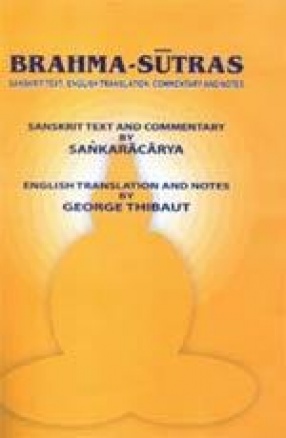

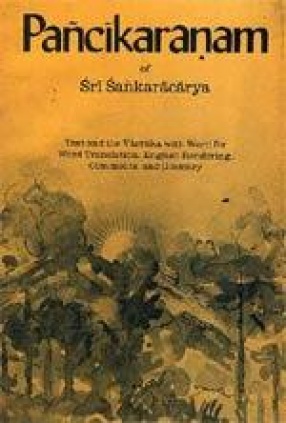
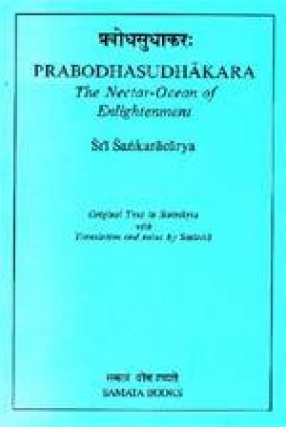
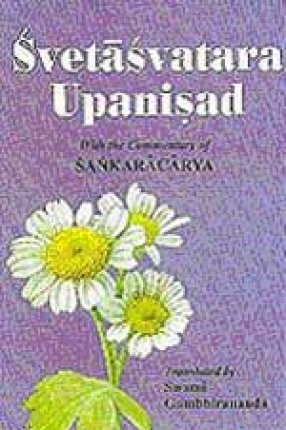
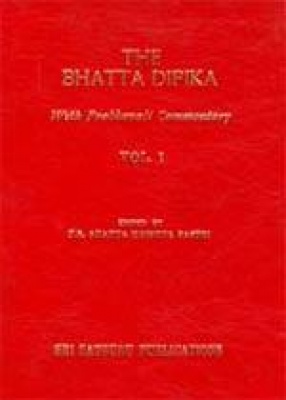
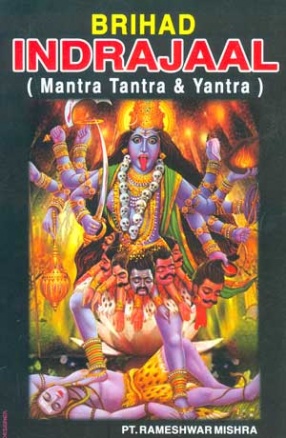
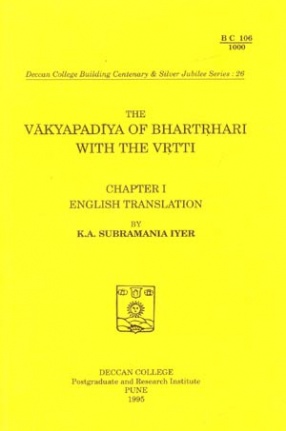
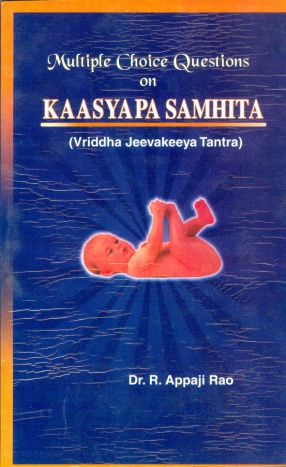

Bibliographic information